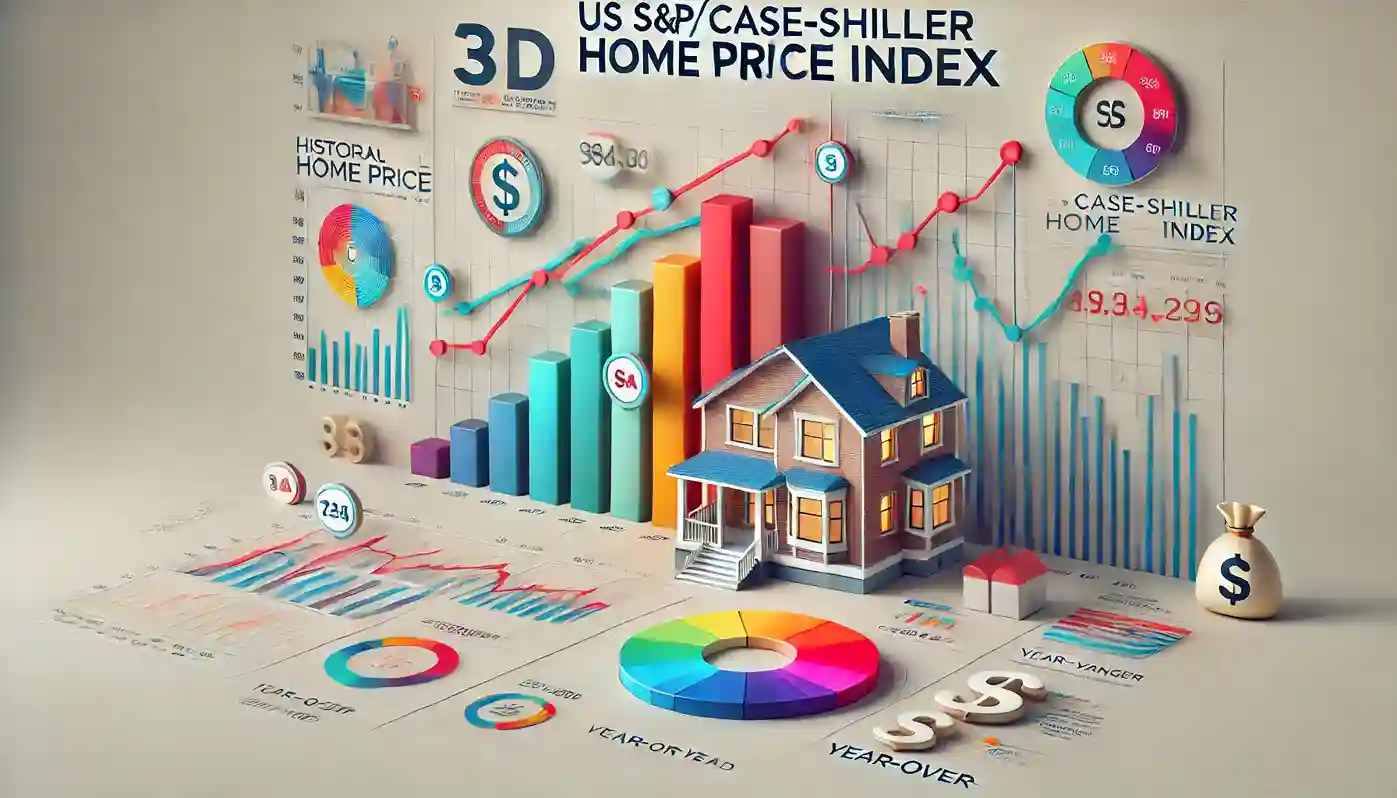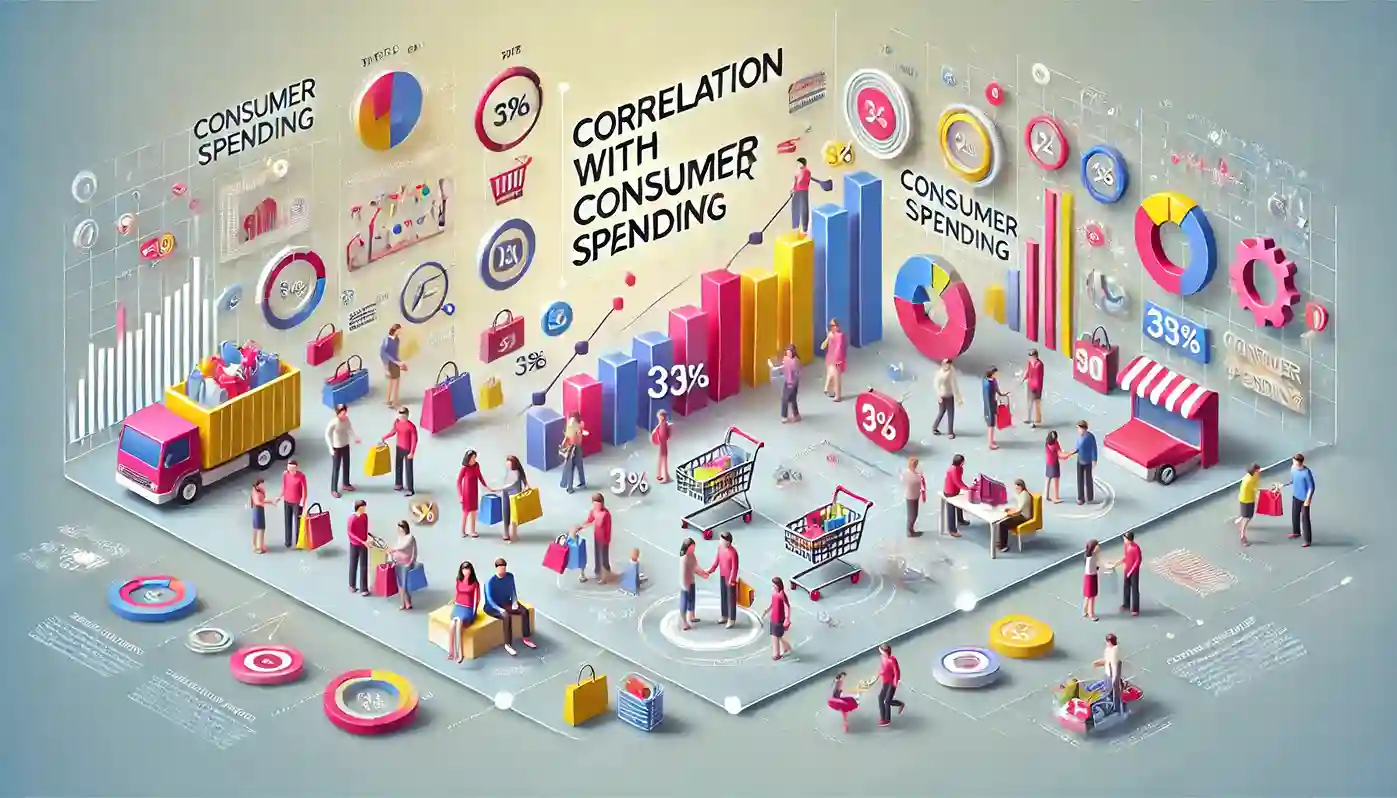
What is the S&P/Case-Shiller Home Price Index?
The S&P/Case-Shiller Home Price Index is a leading measure of U.S. residential real estate prices. It tracks the value of single-family housing within the United States, giving us a clear picture of price trends in the housing market.
Understanding the Index Composition
The index is calculated monthly and covers 20 metropolitan regions across the U.S. It’s a comprehensive indicator because it reflects housing prices in both urban and suburban areas. The data is collected, adjusted for seasonal variations, and then reported as an index value.
Significance of the Index
For forex traders, the index serves as a proxy for the health of the U.S. economy. A rising index suggests a strong housing market, indicating economic stability or growth. Conversely, a falling index may signal economic trouble ahead, which can influence currency values.
Why Should Forex Traders Care About the HPI?
You might be wondering, “Why should I, as a forex trader, care about a housing price index?” The answer is simple: the housing market is closely tied to the broader economy.
Economic Indicators and Forex Markets
The health of the housing market often reflects the overall economic health. When home prices are rising, it typically means consumers are confident, spending money, and the economy is growing. This confidence can lead to a stronger currency as investors feel safer putting their money into that country.
Correlation with Consumer Spending

The housing market directly impacts consumer spending. When home values rise, homeowners feel wealthier and are likely to spend more. Increased spending boosts the economy, potentially leading to higher interest rates to curb inflation, which can strengthen the currency.
How the HPI Affects the US Dollar
The US dollar (USD) is the most traded currency in the forex market. The HPI can have a significant impact on its value.
Short-term Impacts
In the short term, a higher-than-expected HPI can boost the USD as traders anticipate economic strength. This can lead to increased buying of the USD, pushing its value higher against other currencies.
Long-term Implications
Over the long term, persistent increases in the HPI suggest a robust economy, which can lead to sustained strength in the USD. However, if the index shows declines over a prolonged period, it could indicate economic issues, leading to a weaker dollar.
Interpreting the Data: What to Look For

As a forex trader, it’s not just about the numbers but what they signify. Here’s what you should keep an eye on.
Monthly Trends
Look at the month-to-month changes. A consistent rise suggests ongoing economic strength, while erratic movements can indicate instability.
Year-over-Year Changes
Year-over-year data can provide a clearer picture of long-term trends. Significant yearly increases can reinforce the strength of the economy and the USD, while decreases can signal potential trouble.
Case Studies: HPI and Forex Market Reactions
Let’s look at a few historical examples to see how the HPI influenced forex markets.
The Housing Bubble and Financial Crisis (2008)
During the housing bubble and subsequent crash, the HPI showed significant declines. This period saw the USD weakening as the economic outlook darkened.
Post-Crisis Recovery
As the housing market began to recover, so did the HPI. The subsequent strength in the HPI from 2012 onwards correlated with a strengthening USD as investor confidence returned.
Comparing HPI with Other Economic Indicators

The HPI is just one of many indicators. How does it stack up against others?
HPI vs. GDP
While GDP provides a broad view of economic health, the HPI offers specific insights into the housing market, which is a major component of the economy.
HPI vs. Unemployment Rate
The unemployment rate can affect housing demand, impacting the HPI. Lower unemployment often leads to higher home prices, while higher unemployment can depress the housing market.
Trading Strategies Based on the HPI
Here are some strategies you can use to incorporate HPI data into your trading.
Trend Following
If the HPI shows a clear upward or downward trend, you might trade in the direction of that trend, betting on the continued strength or weakness of the USD.
Contrarian Approach
Some traders prefer a contrarian strategy, betting against the prevailing trend if they believe the market has overreacted to HPI data.
Common Pitfalls to Avoid

Trading based on economic indicators can be tricky. Here are some common mistakes.
Overreacting to Single Data Points
Don’t make trading decisions based on one month’s data. Look for longer-term trends to make more informed decisions.
Ignoring Other Indicators
The HPI is important, but it’s just one piece of the puzzle. Always consider it in the context of other economic data.
The Future of the HPI and Forex Markets
What’s next for the HPI and its impact on forex trading?
Technological Advances
Advances in data collection and analysis may make the HPI even more accurate and timely, providing better insights for traders.
Economic Policies
Changes in economic policy, such as new housing regulations or shifts in monetary policy, can also impact the HPI and, by extension, the forex market.
Practical Tips for Forex Traders

If you’re new to using the HPI in your forex trading, here are some practical tips.
Stay Informed
Keep up with the latest HPI releases and understand the context behind the numbers. Knowing why the index is moving can help you make better trading decisions.
Use Multiple Sources
Don’t rely solely on the HPI. Use it in conjunction with other economic indicators and market analysis to get a fuller picture.
FAQs
Q1: How often is the S&P/Case-Shiller Home Price Index released?
The HPI is released monthly, usually towards the end of the month, providing data for two months prior.
Q2: Can the HPI predict long-term forex trends?
While it can give insights into economic health, it should be used alongside other indicators for predicting long-term trends.
Q3: Is the HPI seasonally adjusted?
Yes, the HPI is seasonally adjusted to remove the effects of seasonal variations in home prices.
Q4: How does the HPI compare to other housing market indices?
The HPI is considered one of the most reliable due to its broad coverage and methodological rigor, but comparing it with other indices can provide additional insights.
Q5: Should I base my trading strategy solely on the HPI?
No, the HPI should be one part of a comprehensive trading strategy that includes various economic indicators and market analyses.
